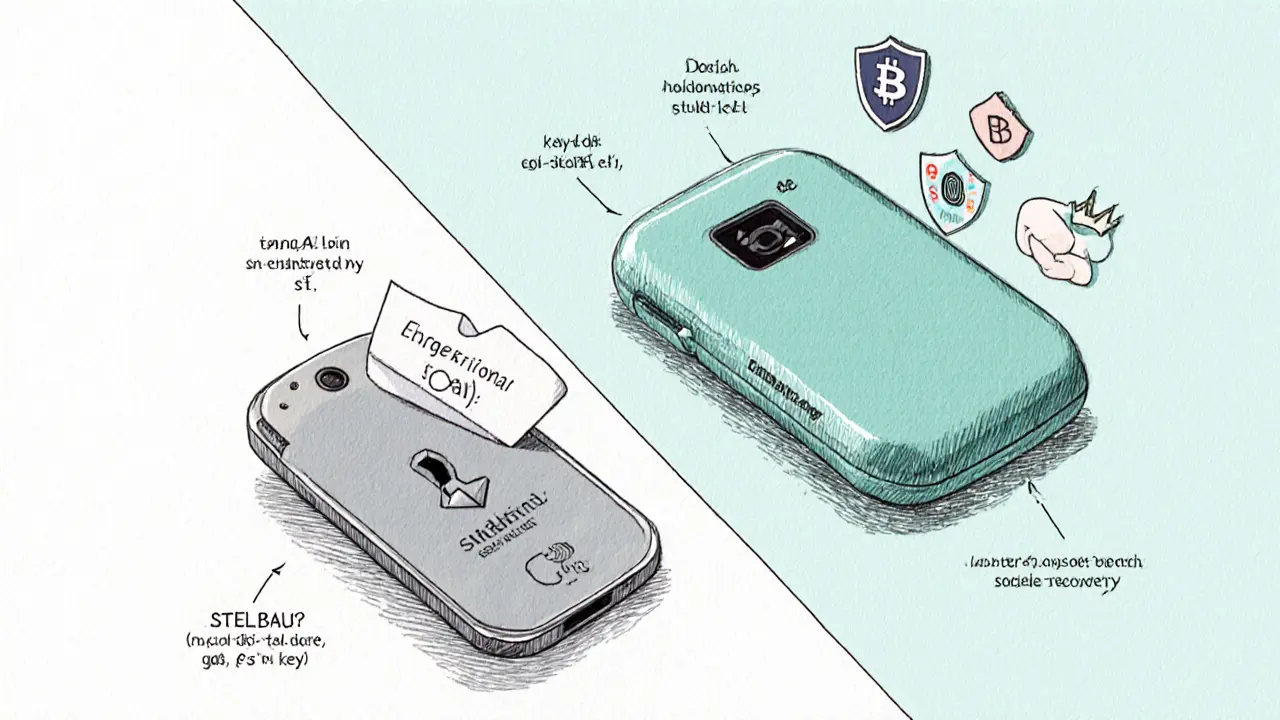EIP-4337 – Account Abstraction Explained
When working with EIP-4337, an Ethereum Improvement Proposal that adds account abstraction to the network. Also known as Ethereum Account Abstraction, it lets users interact with the blockchain without needing a private key for every transaction. This change reshapes how Ethereum, the leading smart‑contract platform handles user operations and opens the door for smart wallets, programmed accounts that can pay gas, verify signatures or even batch actions.EIP-4337 therefore bridges the gap between traditional accounts and contract‑based logic.
Why EIP-4337 matters for developers and users
The core idea behind account abstraction, the process of treating every account as a smart contract is simple: let the network accept a new transaction type called a “UserOperation”. Those operations are collected by specialized nodes called bundlers, services that package UserOperations into a single on‑chain transaction. By offloading the gas payment to a Paymaster contract, bundlers enable gasless experiences for end users. The result is a smoother onboarding flow for newcomers, who no longer need to buy ETH before interacting with DeFi, NFTs or other dApps.
From a developer’s perspective, EIP-4337 introduces three new primitives: the UserOperation object, the Entrypoint contract that validates and executes those objects, and the Paymaster that sponsors gas. This trio creates a clear chain of responsibility: the user signs a request, the Paymaster checks if it can cover the cost, and the Entrypoint guarantees execution integrity. As a result, smart wallet designers can embed features like social recovery, multi‑factor authentication or subscription‑based gas payments without writing custom consensus‑level code.
Security-wise, the model adds layers. Since every UserOperation passes through the Entrypoint, malicious contracts can be rejected before they hit the main chain. Bundlers, while incentivized to include profitable operations, must also respect the validation rules set by the Paymaster, reducing the attack surface for front‑running. This architecture aligns well with the broader push toward modular blockchains, where execution, settlement and data availability are separated to improve scalability.
Beyond the technical benefits, EIP-4337 has a ripple effect on the crypto market landscape covered by TradeBegin. For example, gas‑free onboarding lowers barriers for users in regions with strict capital controls, like China or Russia, where traditional fiat‑to‑crypto routes are cumbersome. It also impacts exchange listings, because smart‑wallet‑first users can move assets instantly without waiting for deposit confirmations. In the DeFi lending space, gasless borrowing can attract more participants, boosting liquidity and yield opportunities.
Another practical angle is the rise of “account‑abstraction‑aware” tokens and airdrops. Projects can now design token distribution mechanisms that rely on Paymaster‑sponsored claims, making it cheaper for users to collect airdrops without holding native gas tokens. This trend connects to recent airdrop guides on TradeBegin, showing how developers leverage EIP-4337 to improve user experience while keeping costs low.
For traders, understanding EIP-4337 helps decode new market dynamics. When a popular DEX updates its UI to support smart wallets, you may see a surge in trading volume as friction drops. Likewise, sidechain bridges that adopt account abstraction can offer faster, lower‑fee transfers, altering arbitrage opportunities across chains. Keeping an eye on these shifts can give you an edge in both spot and derivative markets.
From a regulatory standpoint, EIP-4337 doesn’t change the underlying asset classification, but it does affect how transactions are traced. Because gas can be paid by a third‑party Paymaster, traditional on‑chain analytics need to adapt to identify the true payer. This nuance matters for compliance teams monitoring AML/KYC in jurisdictions like Thailand or the EU, where recent exchange regulations demand clear source‑of‑funds reporting.
In short, EIP-4337 is more than a technical upgrade; it’s a catalyst for user‑centric design across the Ethereum ecosystem. Whether you’re a developer building the next‑gen wallet, a trader looking for low‑friction entry points, or an analyst tracking regulatory impacts, the proposal reshapes how we think about blockchain interactions. Below you’ll find a curated set of articles that dive deeper into related topics—from DeFi lending and order types to sidechain mechanics and exchange reviews—giving you a full picture of the landscape shaped by account abstraction.
Account Abstraction: Boosting Blockchain Wallet User Experience
Learn how Account Abstraction transforms blockchain wallets with gas‑free clicks, social recovery, cross‑chain support, and stronger security for everyday users.
VIEW MORE
